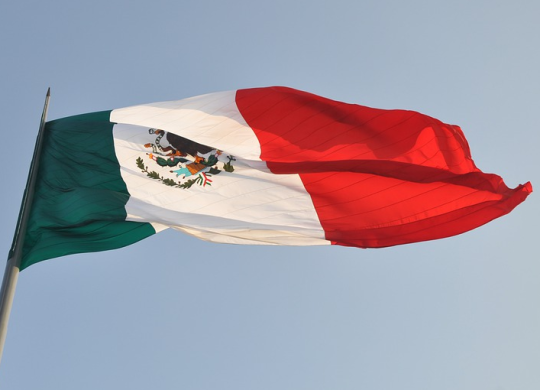Why you should know about Mexico's unique healthcare system
Table of contents

Mexico is a vibrant country with a developed economy and a good standard of living. Warm climate, nature and resorts, culture, and delicious food. The medical services and health care system in Mexico are considered very advanced. This is partly due to its economic ties with America and Canada. Doctors are highly qualified, speak English, and most have been trained in the United States. There are first-class hospitals in every medium or large city.
Also, medical tourism is well-developed in Mexico because of the cheap prices compared to the same in America. Many Americans prefer to come here for treatment. Bariatric, orthopedic, and cosmetic surgery are the most required medical fields by foreigners. Overseas guests are also attracted by local dentistry, ophthalmology, cardio surgery, and endoprosthetic joint replacement. Aesthetic medicine is vastly popular.
Specific features of the healthcare system
The Healthcare system in Mexico remains a constantly expanding and progressive structure. The Ministry of Health oversees medical services to the population.
Treatment facilities are divided into two sectors and a separate subset of services:
- public:
- private;
- medical services in pharmacies.
There are state clinics and hospitals in many cities, but they are unevenly equipped. For the citizens of Mexico, medical care in public facilities is provided free of charge, but they are required to make monthly contributions to meet medical needs in the form of a tax. These payments cover all medical expenses not only of the insured person but also of all his family members. There is national health insurance - Seguro Popular. It can be taken by everyone, including those who are officially unemployed or poor citizens in remote rural areas. It was invented to protect a huge segment of the population, which recently could not receive free medical care at all.
The private healthcare sector makes up a large part of the Mexican healthcare system, both in costs and activities. Many general practitioners open their own offices for private services and combine these practices. The services provided by private facilities and private physicians in their offices are provided by a portion of the population by contracting private insurance or by paying directly for the services received. It is estimated that about 6.9% of Mexico's high-income population has a private insurance policy.
However, it is worth noting that the services of private clinics or individuals are quite expensive, but the service is fast and efficient. Coordination between public and private institutions is insufficient. There is a belief that private clinics have superior services, while public forms of care have limitations in availability and quality. Even though the services are free.
Also, there is an interesting section of the health care system in providing medical services and advice - doctors in pharmacies. The service is fast, comfortable, and free. Many medications are given by prescription. This form of service delivery is suitable for non-serious cases of help and for determining the right antibiotics and writing a prescription.
Health care for foreigners
Access to social security services in Mexico is free to all citizens as well as foreigners who have an FM2 resident form or full immigration residency status. Foreigners residing in Mexico without such immigration residency status (FM3 visa) are not eligible for free health care services unless they purchased a separate compulsory health insurance policy, known in Mexico as the IMSS (Mexican Social Security Institute).
Two public health programs are available to residents: IMSS (Instituto Mexicano del Seguro Social) and INSABI (El Institution de Salud para el Bienestar, or Bienestar).
- IMSS is a tripartite system funded equally by the employee, the private employer, and the federal government. IMSS and its programs reach more than 65 million people. In addition, IMSS has IMSS-Oportunidades, a program based on the Anti-Poverty Program, which specifically targets the poorest people in the country for both health care and education. This program is fully funded by the state.
- ISSSTE — deals with health care and social assistance for state employees at the local, state, and federal levels. ISSSTE covers nearly 9 million people.
Recommended articles
5 min
Residence permit
4 min
Work
5 min
Treatment
6 min
Treatment
All materials and articles are owned by VisitWorld.Today and are protected by international intellectual property regulations. When using materials, approval from VisitWorld.Today is required.
